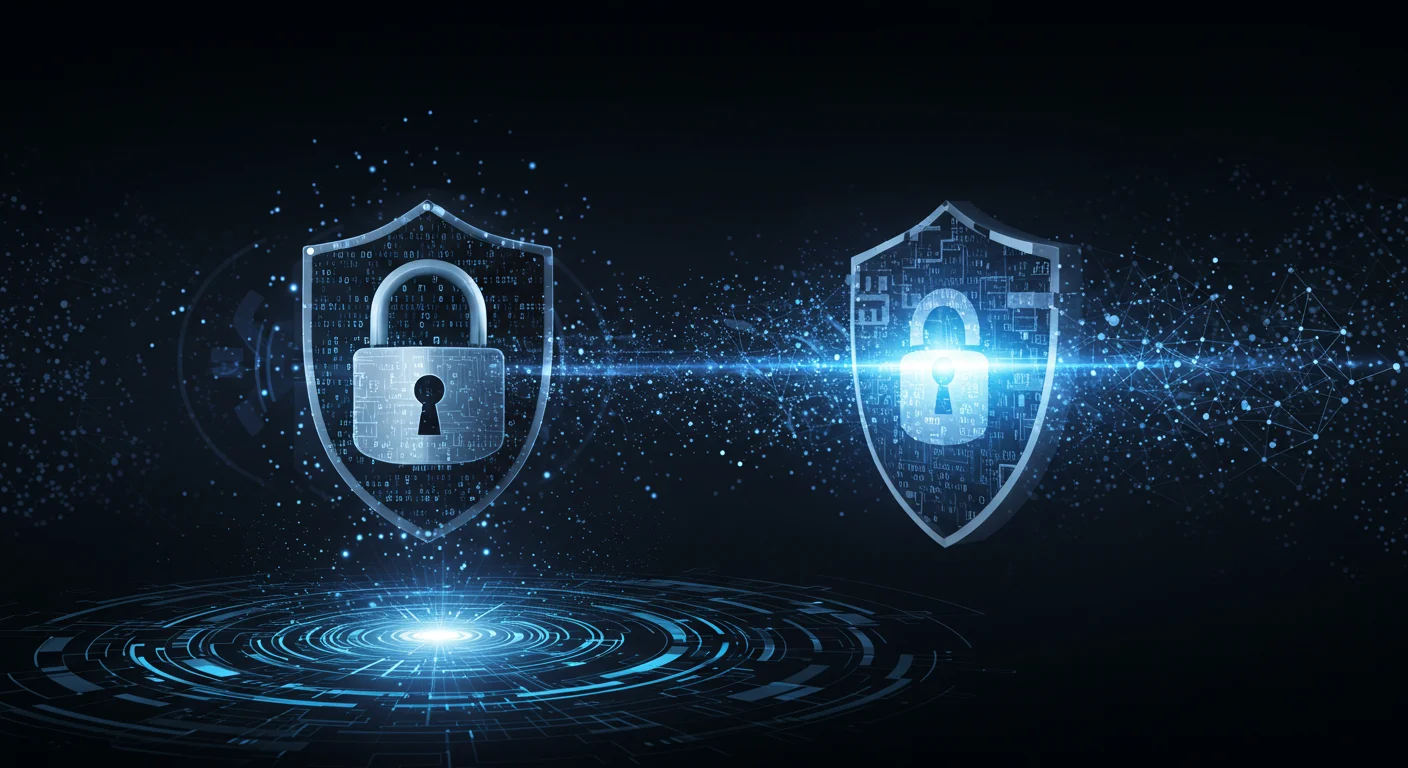In an era defined by digital dependence, data privacy, and cyber warfare, the foundations of our online security are facing an unprecedented threat. This threat is not from hackers or malware in the traditional sense, but from a rapidly advancing scientific frontier: quantum computing.
Quantum computers are set to outperform classical systems in ways that will unlock new possibilities in medicine, logistics, and artificial intelligence. But they also carry a dark side—one that could render most of today’s encryption completely useless. The solution lies in a rapidly growing field known as post-quantum cryptography.
This article explores what post-quantum cryptography is, why it matters now more than ever, and how organizations and individuals can prepare for the coming quantum age.
What Is Post-Quantum Cryptography?
Post-quantum cryptography (PQC) refers to cryptographic algorithms that are designed to be secure against attacks from both classical and quantum computers. These are new encryption methods that aim to replace or supplement current systems like RSA, Elliptic Curve Cryptography (ECC), and Diffie-Hellman, all of which can potentially be broken by quantum algorithms.
To put it simply, PQC is the next generation of encryption, specifically engineered to withstand the power of quantum computation.
Why the World Needs Quantum-Resistant Encryption
Most online communication today relies on encryption methods based on mathematical problems that are extremely difficult to solve with conventional computers. For example, factoring large prime numbers can take even the most advanced supercomputers years to complete.
Quantum computers, however, use principles like superposition and entanglement to perform parallel computations. This allows them to solve these problems exponentially faster using algorithms such as Shor’s algorithm. In theory, a powerful enough quantum machine could crack widely used encryption protocols in minutes.
That creates a serious vulnerability, particularly when it comes to data that needs to remain secure for many years. Governments, corporations, and even criminals are already storing encrypted data with the intent to decrypt it once quantum technology matures. This practice, often called “harvest now, decrypt later,” puts everything from intellectual property to national secrets at risk.
The Global Response and Why 2025 Is a Turning Point
In recent years, the conversation around quantum risk has shifted from speculative to strategic. The U.S. National Institute of Standards and Technology (NIST) has led the charge by initiating a global competition to standardize post-quantum algorithms. In 2022, NIST announced four candidate algorithms for future use, with final standards expected to be fully deployed in the near future.
As of 2025, governments around the world, including the United States, European Union, China, and Japan, are drafting regulations and funding initiatives aimed at transitioning public infrastructure to post-quantum standards. Large tech companies like Google, IBM, and Microsoft have already begun testing or integrating quantum-resistant encryption into their platforms.
The pace is accelerating. Organizations that fail to act now risk being left behind or exposed to future vulnerabilities.
How Post-Quantum Cryptography Works
Unlike traditional cryptography, which relies on problems like integer factorization or discrete logarithms, post-quantum algorithms are built on different mathematical principles that remain hard to break, even for quantum computers. These include:
- Lattice-based cryptography
- Code-based cryptography
- Multivariate polynomial equations
- Hash-based signatures
- Isogeny-based cryptography
Among these, lattice-based systems have emerged as particularly promising due to their balance of security and efficiency. Two leading candidates from NIST’s selection, CRYSTALS-Kyber (for encryption) and CRYSTALS-Dilithium (for digital signatures), are based on lattice structures and are already being tested in enterprise settings.
Use Cases Already in Motion
While post-quantum cryptography may seem like a problem for tomorrow, some industries are already taking action today.
In the tech sector, companies like Google and Cloudflare have started implementing hybrid encryption models that combine classical and post-quantum techniques. This allows for a gradual migration while maintaining compatibility with existing systems.
Financial institutions, particularly those handling sensitive transactions and long-term data storage, are also exploring PQC. The risk of quantum threats compromising transaction integrity is too high to ignore.
Government agencies, including defense and intelligence organizations, are among the most proactive. Given the long-term sensitivity of their data, transitioning to quantum-safe communication protocols is now seen as a matter of national security.
Why Post-Quantum Cryptography Is a 2025 Trend
Several factors have pushed PQC into the spotlight in 2025.
First, quantum computing research has made rapid strides. While a fully capable quantum machine capable of breaking RSA encryption has not yet been built, researchers have made significant progress in scaling qubit counts and reducing error rates.
Second, regulatory momentum is growing. The Biden administration’s National Security Memorandum 10 (NSM-10) laid out a strategic roadmap for quantum-resistant cybersecurity. Similar initiatives are being mirrored globally.
Third, public awareness is on the rise. Businesses and consumers are beginning to understand that cyber threats are evolving. Conversations once limited to academic circles are now featured in boardrooms, government panels, and mainstream media.
Finally, competitive pressure is mounting. As more companies adopt quantum-safe systems, those that don’t will be seen as lagging in security and trustworthiness.
Steps Organizations Should Take Now
Preparation for the quantum era does not need to be overwhelming, but it must be strategic. Here are key steps organizations should consider in 2025:
- Inventory current encryption systems. Know where and how classical encryption is being used across your systems.
- Start with hybrid implementations. Combine classical and post-quantum algorithms to test compatibility and performance.
- Follow NIST guidelines. Stay aligned with emerging standards and participate in pilot programs if possible.
- Train internal teams. Cybersecurity, development, and compliance teams need to understand post-quantum threats and solutions.
- Engage with vendors. Ask your software and cloud service providers what their quantum migration roadmap looks like.
Taking early action not only reduces risk but can also position your organization as a leader in cybersecurity resilience.
The Long-Term Outlook
Post-quantum cryptography is not a temporary solution—it is the next foundation for secure digital communication. Once quantum computers reach a certain level of maturity, legacy encryption systems will no longer be considered safe. That moment may still be a few years away, but the time to prepare is now.
By transitioning early, businesses and governments can protect data that needs to remain secure for decades. Consumers, too, will benefit from stronger protections in everything from online banking to private messaging.
The road to quantum safety is not without challenges, but it is achievable. What matters most is that the journey begins before it’s too late.
The future of cybersecurity depends on what we do today. Post-quantum cryptography offers a clear path to safeguarding digital infrastructure in the quantum era. It is not merely a technical upgrade—it is a strategic necessity.
For organizations looking to stay ahead of cyber threats, now is the time to plan, test, and implement quantum-resistant solutions. Waiting until quantum computers become mainstream will be too late. The transition to post-quantum security has already begun. The question is not whether it will happen, but whether you’ll be ready.





